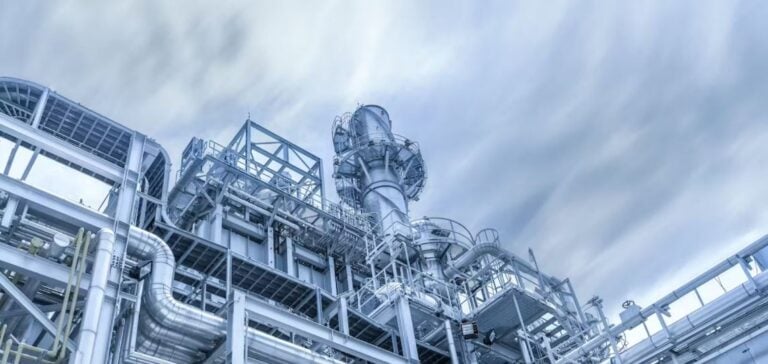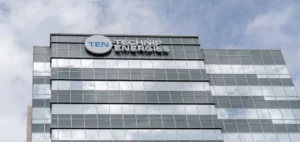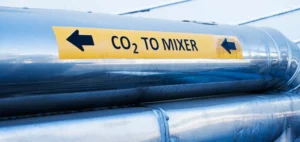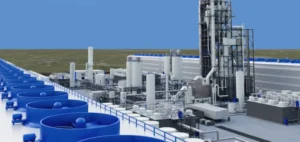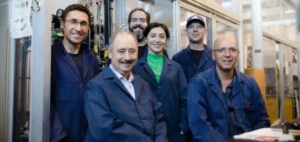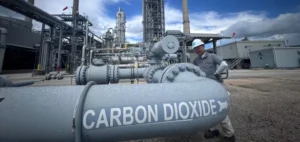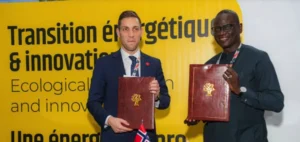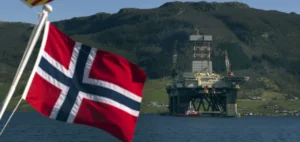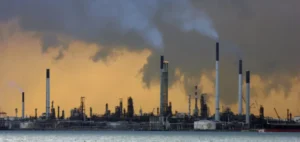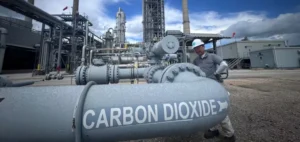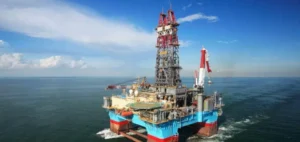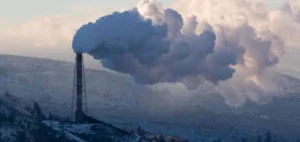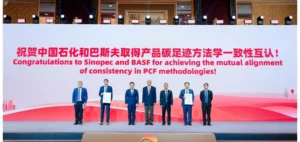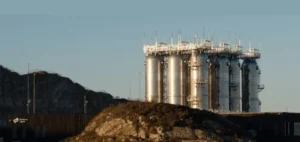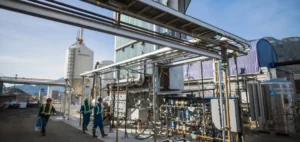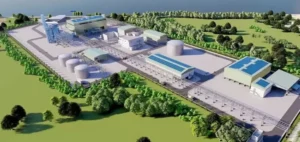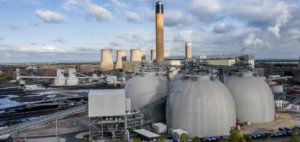The European Council adopted on November 19 a European Union-wide certification framework for carbon capture, storage, and soil emission reduction activities. This regulation is part of the broader strategy to achieve carbon neutrality by 2050, a crucial climate goal.
The new regulation integrates several technologies, including Direct Air Capture (DAC) and Bioenergy with Carbon Capture and Storage (BECCS), alongside agricultural practices enhancing carbon sequestration in soils and forests. These initiatives must demonstrate measurable benefits over a minimum of five years to qualify under the framework.
A Central Pillar for Carbon Neutrality
According to the Council, these mechanisms will enable the permanent removal of carbon from the atmosphere, complementing strategies aimed at reducing emissions. The focus is on sustainability: projects must guarantee a net, verifiable reduction in carbon, ensure long-term storage, and avoid significant environmental harm.
Beyond their direct climate impact, these activities must contribute to one or more sustainability goals, such as biodiversity preservation or soil improvement. The European Commission will establish a unique electronic registry to ensure transparency and traceability of certified units. This registry will become operational four years after the regulation comes into force.
A Voluntary but Ambitious Framework
While the framework remains voluntary, it is a critical lever for encouraging emission reduction efforts within the EU. Operators must comply with rigorous certification schemes to ensure adherence to the regulation. This approach is also designed to motivate companies to include high-quality carbon credits in their offset strategies.
However, challenges remain. Technologies such as direct air capture, while highly promising, are still costly and require significant investments to achieve industrial scale. Critics also point out that these technologies sometimes lack maturity, complicating their deployment.
A Global Trend
Despite these limitations, the demand for premium carbon credits continues to rise. Companies are increasingly leaning toward technological solutions capable of meeting high sustainability standards. According to Platts, credits from technology-based carbon capture projects were trading at $120/mt CO2e on the voluntary market as of November 19.
With this certification framework, the EU takes a strategic step to structure a growing sector and meet the expectations of companies and investors seeking effective solutions for carbon neutrality.


